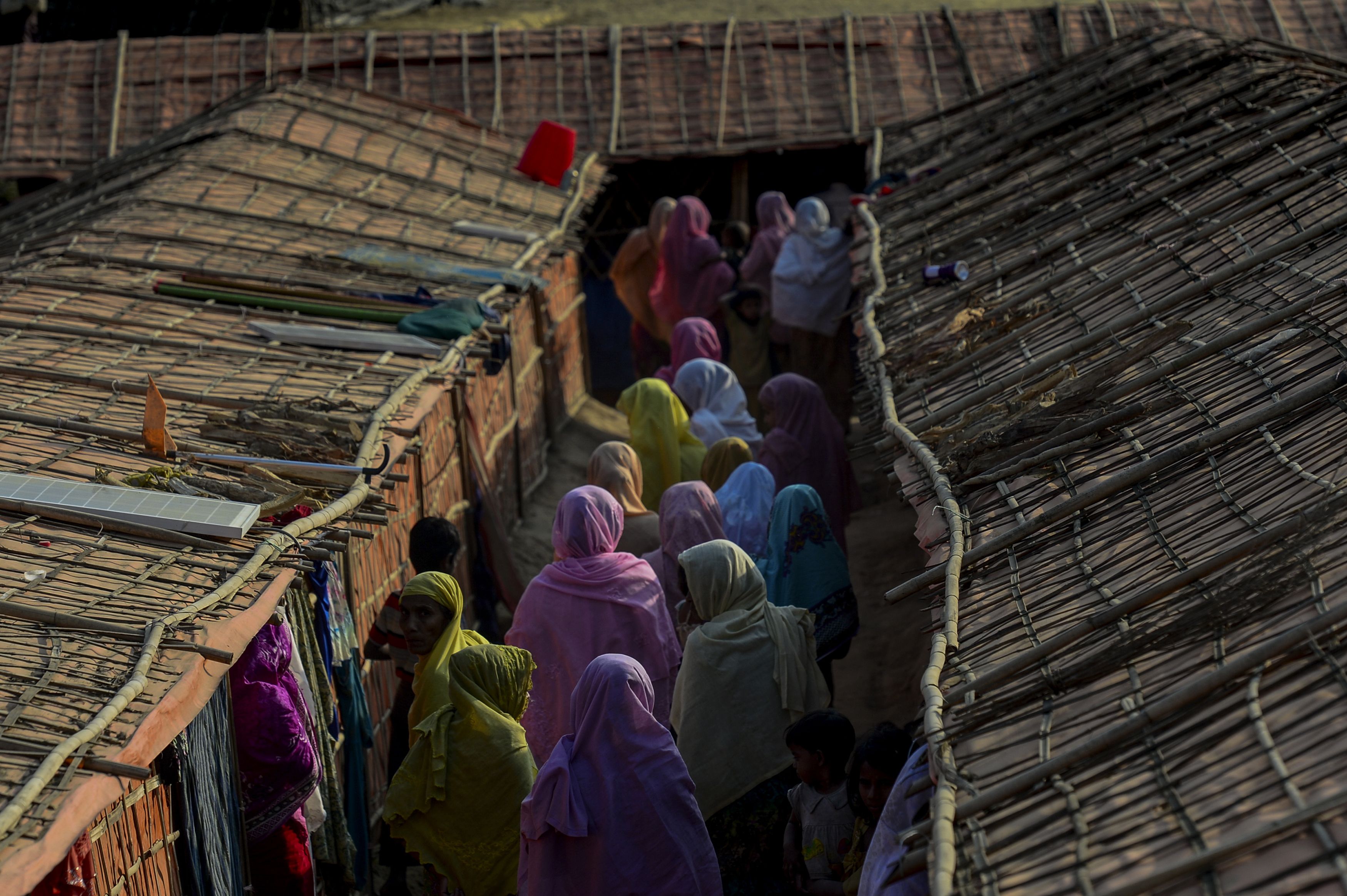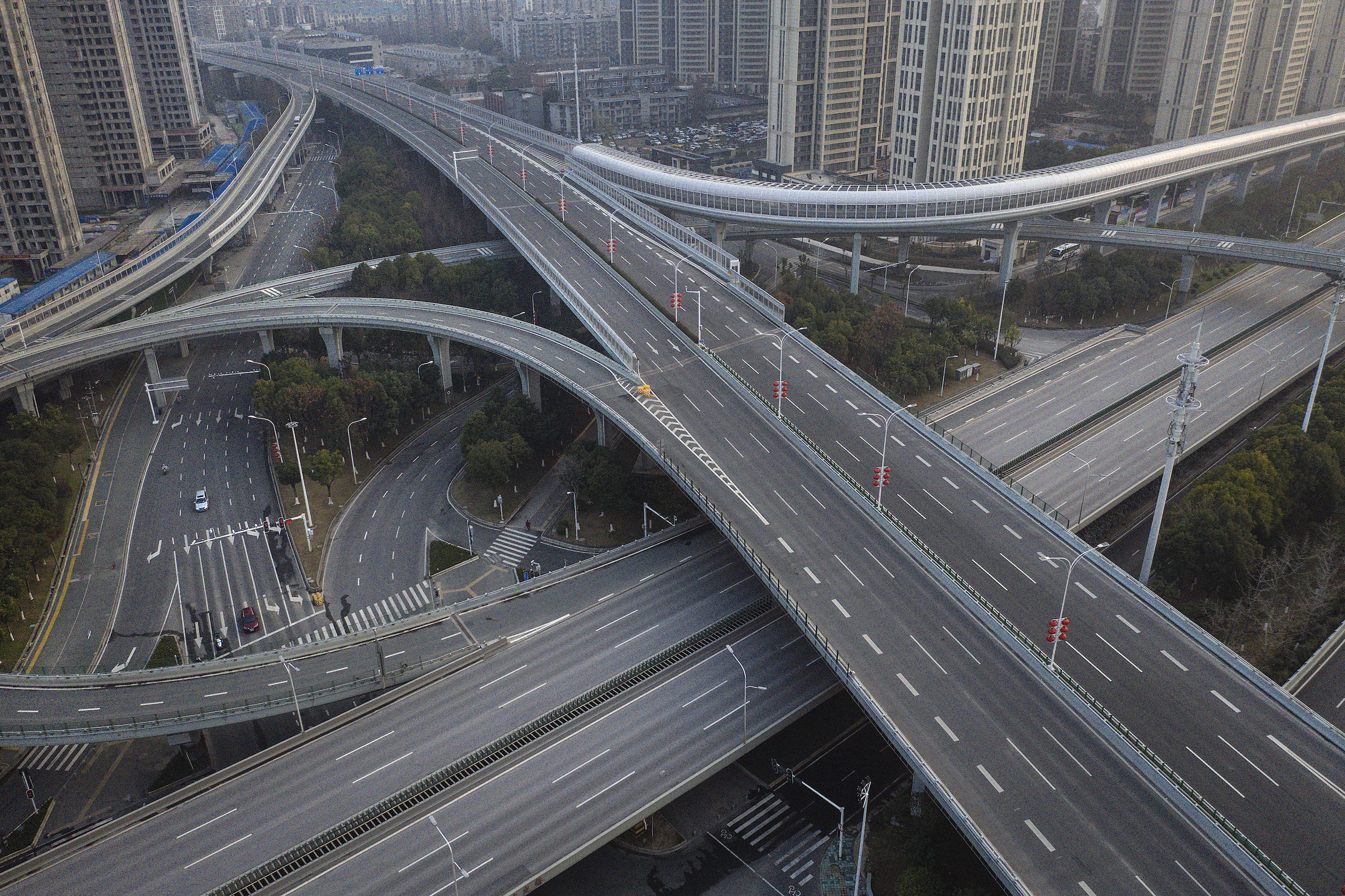
Health & Medicine
The interconnectedness of human, animal and environmental health

Geographers don’t just look at maps of where COVID-19 is occurring, they ask why. Looking at the big picture and the factors driving trends can help us to better understand its impact
Published 14 July 2020
A pneumonia of unknown cause was first reported to the World Health Organization (WHO) on 31 December 2019 in China’s Hubei Province.
Just a month later, and only for the sixth time, the WHO declared an international public health emergency.
Six months on, as of mid-July 2020, COVID-19 has spread to 188 countries with over half a million deaths and more than 13 million cases worldwide. These figures increase by the day.

Maps starkly illustrate its global spread.
But maps can tell us only part of the story. It is why we as geographers look beyond spatial data. We don’t just look at where COVID-19 is occurring, we consider why. We look at social dynamics, politics, economics, migration and mobility, the environment, human-animal interactions and location.
Our role is to put pieces of the jigsaw together to understand the immediate and long-term impacts and trajectories of COVID-19 and how they sit within broader relationships between people and environments. It is this big picture that is needed to drive policy responses.

Health & Medicine
The interconnectedness of human, animal and environmental health
All places aren’t equally at risk. Confirmed case rates have varied from country to country with rates relatively high in Brazil, Italy, the UK and US, but so far relatively low in parts of Asia and Australia.
Human mobility and trade have rapidly brought the virus to mega-cities like London, New York, Shanghai and Jakarta. Different political and social systems have played a key role in virus transmission, containment and healthcare provision.
There are also specific places with elevated risk, particularly where populations are closely confined.
COVID-19 cases have emerged among prisoners in some countries. Cruise ships have been “petri dishes” for COVID-19 transmission, with multiple outbreaks reported. Aged care homes have been disproportionately affected.

As the pandemic moves into low and middle-income countries, many urban poor settlements are at elevated risk of COVID-19. In India, for example, many people live in densely populated informal settlements without adequate water, sanitation or hygiene, contributing to accelerating rates of infection and mortality, putting the healthcare system under huge strain.
But, the geographies of some places provide protection from the pandemic.
Governments of Pacific island nations closed their borders, turning their small population sizes and geographic isolation to their advantage, and many are now COVID-19 free.

Sciences & Technology
Mapping our COVID-19 recovery
Yet these island nations now have to contend with the socio-economic impacts of COVID-19, including disrupted tourism, trade and mobility.
Geographers look at the global picture, but also drill down to the details of local places, people and practices.
Responses to COVID-19 influence our everyday practices and shape our sense of place. During lockdowns, world landmarks closed and streets were deserted, but some places – like local parks, nature reserves and street-libraries – have emerged with renewed importance. Urban green spaces have provided an opportunity for socially distanced interaction and physical activity.
But COVID-19 has also drawn attention to how unequal access to nature in urban environments and homes amplifies health inequalities.

Human migration and mobility are central to disease transmission.
An estimated 272 million people migrate across international borders each year, and mobile people pick up and transmit pathogens. International travel restrictions have been put in place around the world to reduce COVID-19 transmission.
But local movement can have an impact too.

Business & Economics
Finding new ways to track COVID-19 exposure
In Indonesia – home to the world’s largest Muslim population – the end of Ramadhan is marked by mudik when people gather with family members and friends to celebrate. This year, local and national governments campaigned ‘Don’t mudik’ to prevent further spread of COVID-19.
Migrants and mobile populations can also have an elevated risk due to inadequate living and working conditions, as well as limited healthcare access. COVID-19 has been confirmed among Rohingya refugees living in the world’s largest refugee camp in Cox’s Bazaar in Bangladesh.
Closer to home, those privileged to work-from-home (WFH) have relied on the mobility of others for deliveries and essential services, exposing these mobile workers to heightened risk.
Trade also presents challenges in containing the spread of COVID-19. Cross-border trade has been shut down in many places to curtail movement of goods and people.

In Timor-Leste, the land border with Indonesia was closed until recently, creating economic hardship for people and businesses. And in Myanmar much cross-border trade has been halted to prevent COVID-19 transmission, including illegal trade of products across the Thai border and trade of perishable crops like watermelons between China and Myanmar.
The pandemic is also testing governmental capacity to respond to a human health crisis.
Many countries are providing financial assistance and income supplementation to compensate for the economic impacts of restrictions.

Sciences & Technology
When Central Australia slipped and trembled
Policing functions have been employed to restrict domestic and trans-border movement, and to effect mandatory quarantining. Intensive forms of communication have been developed to convey health messages.
Novel methods of surveillance are also being used, like apps for contact tracing, drones and street cameras to monitor public movement. The potential impacts of these measures are significant.
The COVID-19 pandemic also affects conflict dynamics. On March 23, the UN Secretary-General urged armed conflict parties to declare a ceasefire in support of pandemic control efforts. Civil war parties in more than a dozen countries responded to this call, but fighting is escalating in several places including West Africa and Libya, while the Islamic State are trying to gain ground in Syria and Iraq.
As geographers, we are interested in interactions between humans and environments.

Many new infectious diseases can be traced to changing animal-human interactions associated with land use as well as intensive agricultural and farming practices. This aligns with suggestions that COVID-19 emerged at a seafood market in Wuhan when someone was infected with a virus that might have initially come from pangolins or, more likely, bats.
COVID-19 lockdowns have had knock-on effects for ecosystems with significant improvements to water quality in of the world’s largest rivers, like the Ganges in India, as well as improved air quality in major cities.

Sciences & Technology
The dual risks of natural disasters and COVID-19
However, key environmental protections have been dismantled.
With the purported aim of reviving a slumping economy, the US administration has waived environmental reviews for infrastructure projects and rolled back environmental protections.
Here in Australia, the government has committed to fast-tracking infrastructure approval processes.
The significant disruption to economic activity which has led to reduced airline flights, transport, production and consumption, means greenhouses gases are project to decline eight per cent in 2020. This is the most significant one-year drop on record.

But this will do little to contain global warming, as it doesn’t represent sustained decarbonisation of global economies.
Likewise, although concentrations of air pollutants – like nitrogen dioxide, carbon monoxide, sulphur dioxide, small particulate matter – have dropped in some places around the world, they are returning to pre-lockdown levels as restrictions are eased.

Sciences & Technology
Why do some people believe the Earth is flat?
However, recovery from the COVID-19 crisis offers an opportunity for change, including a possible pivot point for transitioning to cleaner economies. We have seen that change can – and does – happen when there is social and political will.
The geographies of COVID-19 are diverse.
They speak to place and sites of disease risk, human mobility and trade, human-animal-environment interactions, politics of containment and our environmental futures.
All these pieces of the jigsaw come together to give us a better understanding of the immediate and long-term impacts of COVID-19.
This article has been put together by School of Geography, including contributions from Fandi Akhmad, David Bissell, Peter Christoff, Elisabetta Crovara, Russell Drysdale, Olivia Dun, Nadia Degregori, Jane Dyson, Alissa Flatley, Carolina Mayen Huerta, Soe Soe Htway, Tobias Ide, Dilruba Khanam, Celia McMichael, Lisa Palmer, Catherine Phillips, Annah Piggott-McKellar, Ian Rutherford, Naimah Talib, Anna Semmens, Elena Grace Tjandra, Ariane Utomo and Bin Wang
Banner: Getty Images